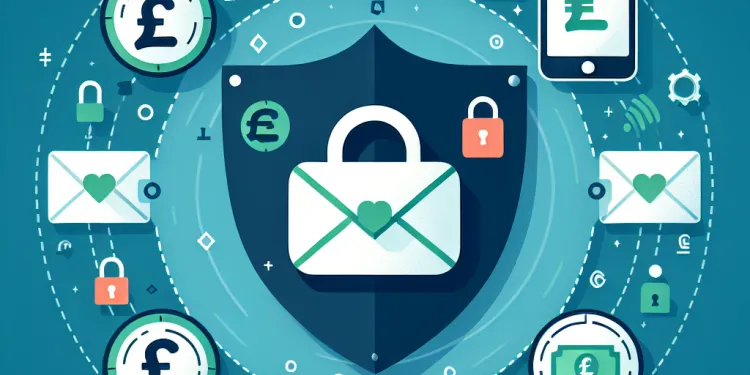
Find Help
More Items From Ergsy search
-
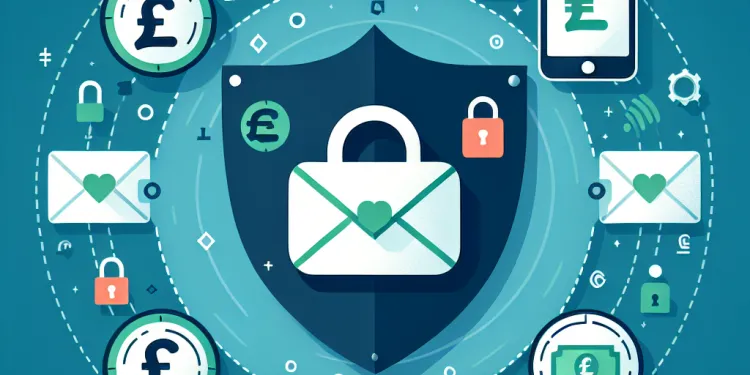
How can I secure my email after a hack?
Relevance: 100%
-

What are some signs that my email might be hacked?
Relevance: 84%
-
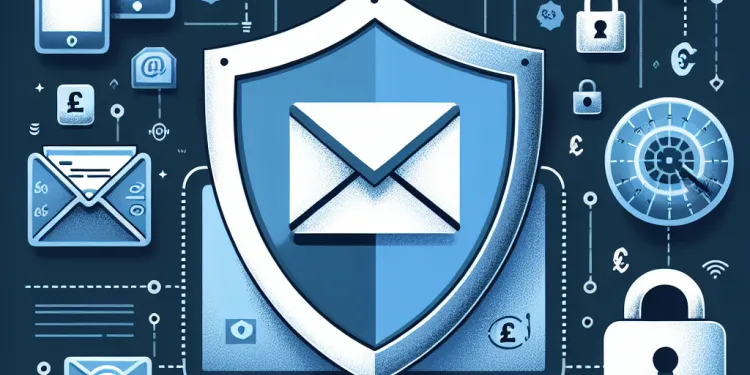
What is the risk of my contacts being compromised if my email is hacked?
Relevance: 83%
-
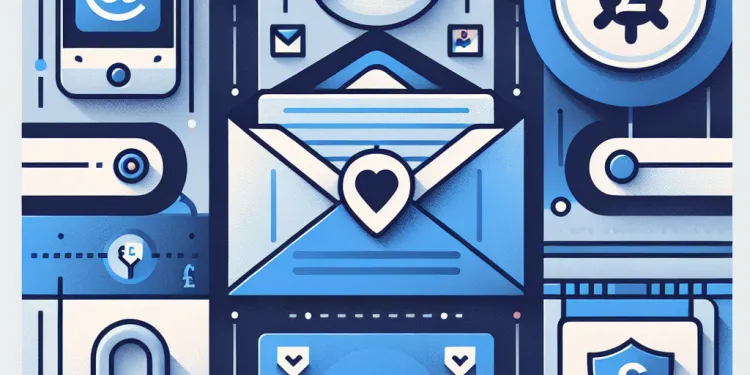
How do I know if my email has been hacked?
Relevance: 83%
-
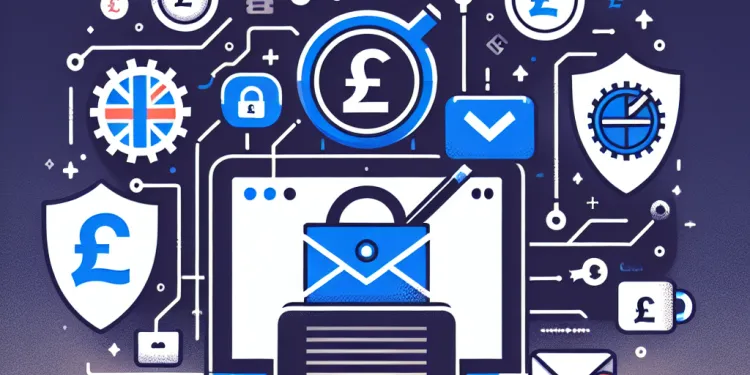
How can I recover a hacked email account?
Relevance: 82%
-

Should I contact my email provider if I suspect hacking?
Relevance: 82%
-
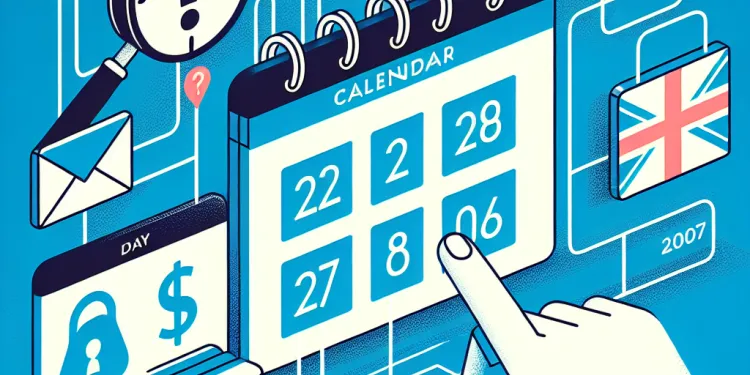
Can unexpected calendar events be a sign of a hacked email?
Relevance: 80%
-
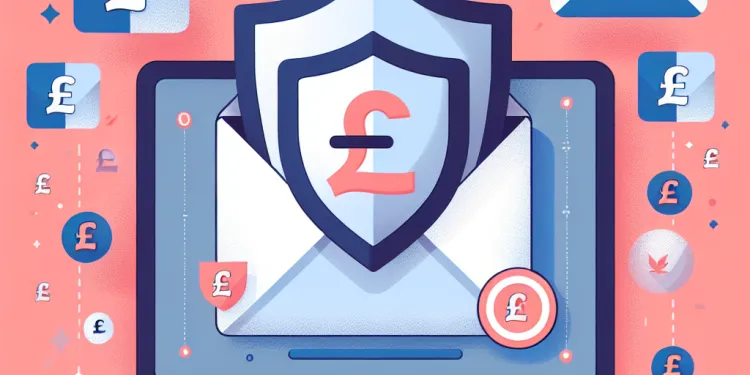
Can antivirus software protect my email from being hacked?
Relevance: 77%
-

Will changing my password secure my hacked account?
Relevance: 73%
-

Can enabling two-factor authentication help if my email is hacked?
Relevance: 72%
-
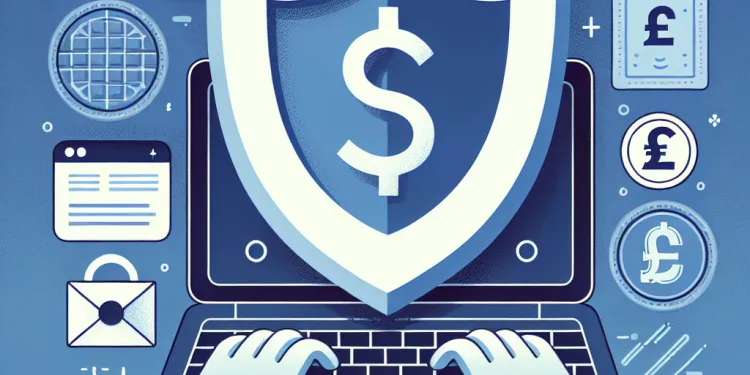
What preventive measures can I take to protect my email from being hacked?
Relevance: 67%
-

How do I know if my social media accounts have been hacked?
Relevance: 58%
-

What signs indicate that my social media account might be hacked?
Relevance: 57%
-

Should I report the hack to the social media platform?
Relevance: 57%
-
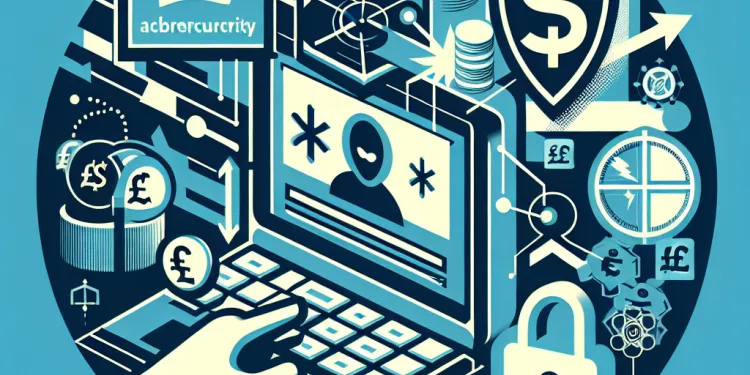
What are the risks of ignoring a hacked account?
Relevance: 57%
-

Can Monzo or Revolut accounts be hacked easily?
Relevance: 56%
-
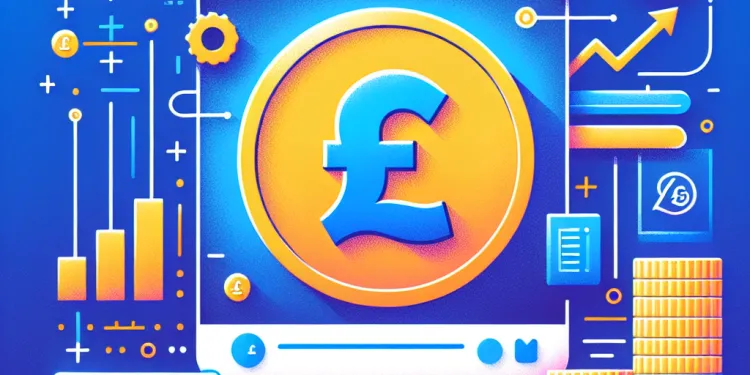
How do I know if my password has been hacked?
Relevance: 55%
-
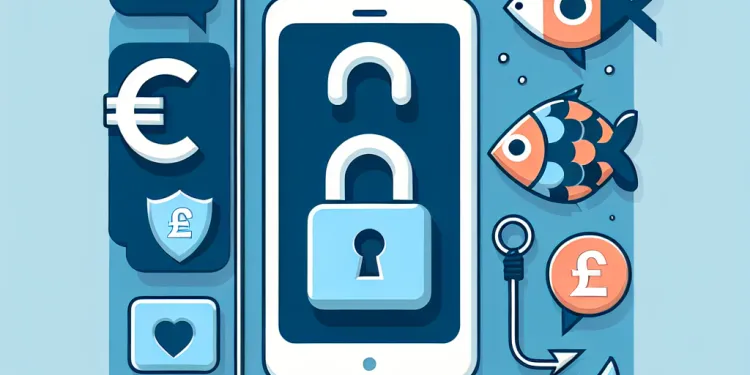
How can phishing attacks lead to social media hacks?
Relevance: 54%
-
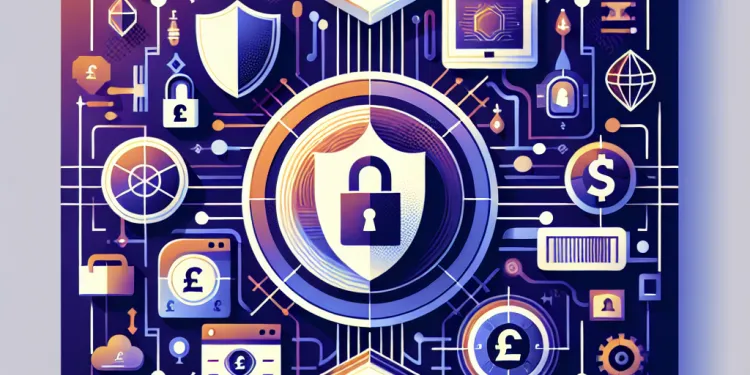
What steps can I take to prevent future hacks?
Relevance: 49%
-
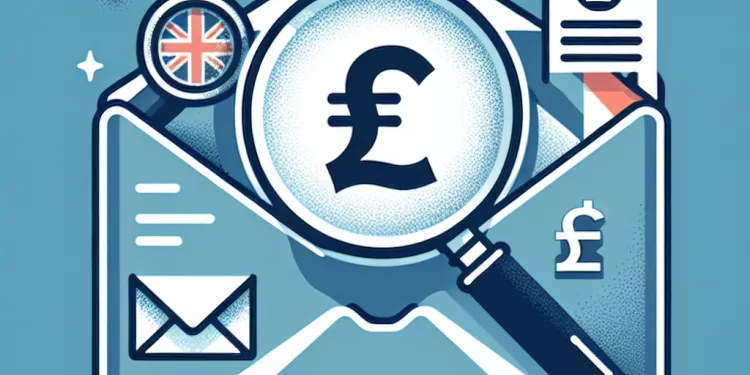
What should I do if I notice unfamiliar emails in my sent folder?
Relevance: 49%
-
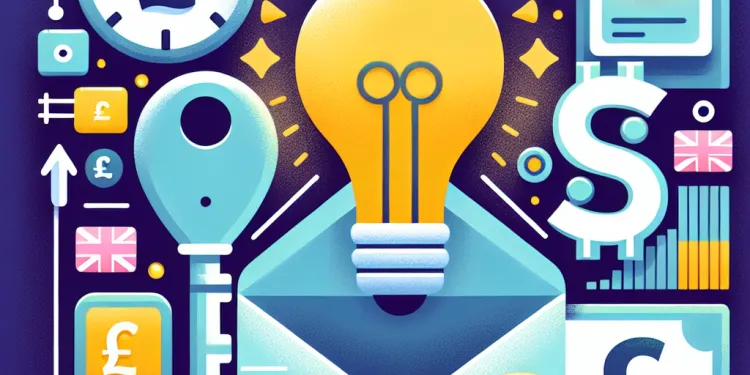
Why am I receiving password reset emails I didn't request?
Relevance: 49%
-
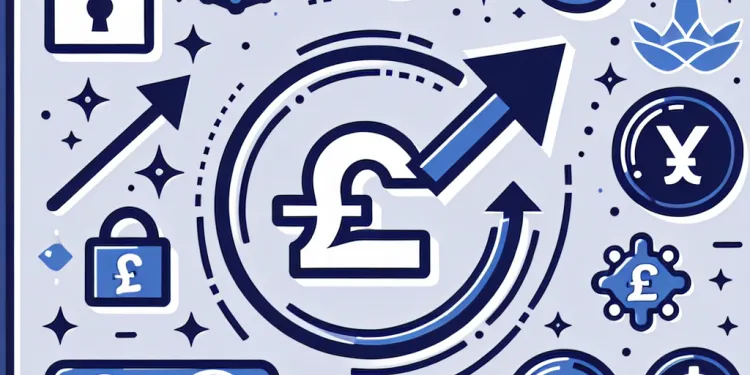
Can a sudden decrease or increase in followers indicate a hack?
Relevance: 49%
-
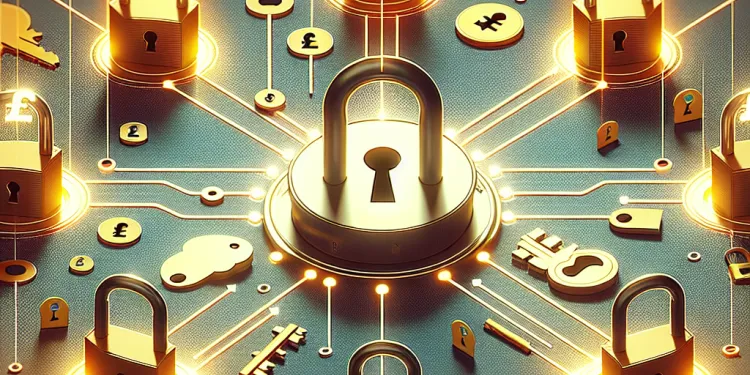
Can using the same password across accounts increase the risk of hacking?
Relevance: 48%
-

How do I secure my online accounts?
Relevance: 48%
-
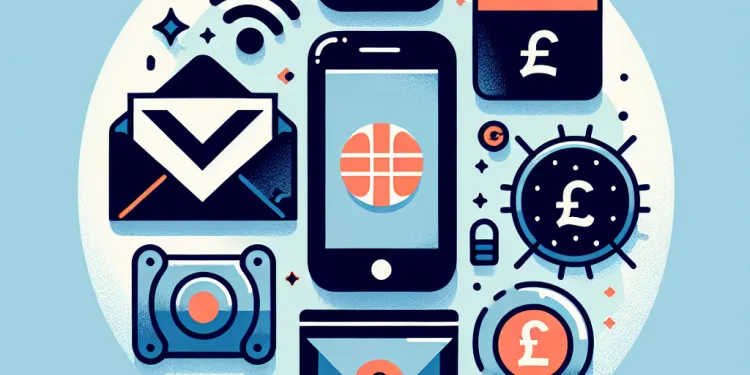
Is it safe to use public Wi-Fi to check my email?
Relevance: 48%
-
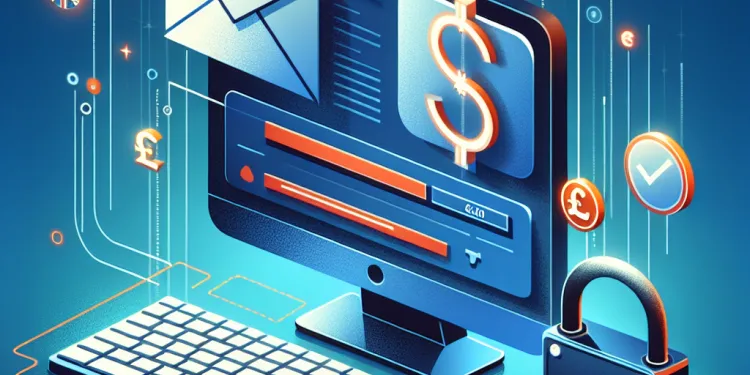
What should I do if I can't access my email account?
Relevance: 47%
-

Why does my email appear to be sending spam?
Relevance: 46%
-
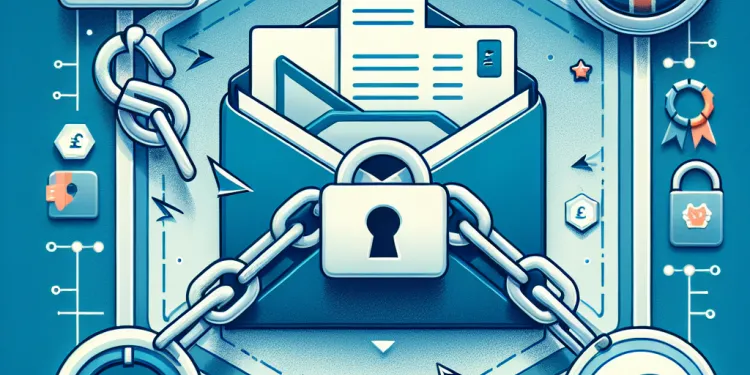
Why are emails often targeted in data breaches?
Relevance: 45%
-
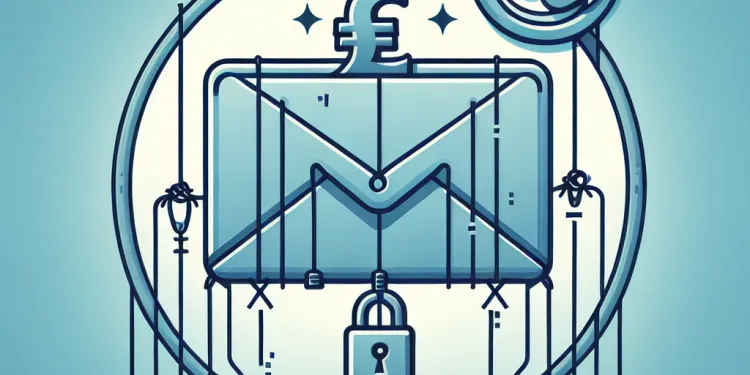
What should I do if I suspect my email has been compromised through phishing?
Relevance: 42%
-

Don't Click On That Email (SPAM & SCAMS)
Relevance: 42%
-

Can I get updates on my immigration status via email?
Relevance: 41%
-
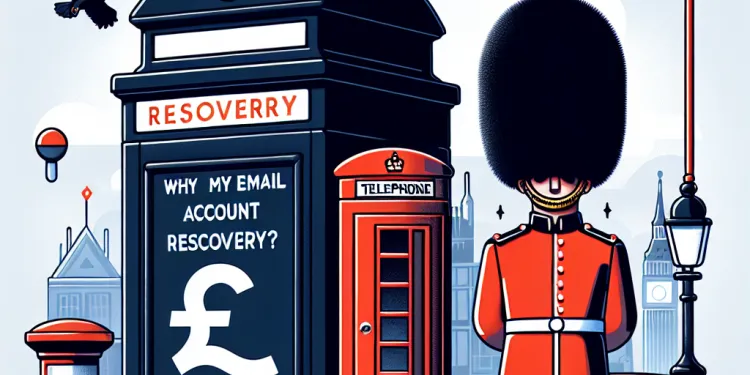
Why have my email account recovery options changed without my knowledge?
Relevance: 41%
-
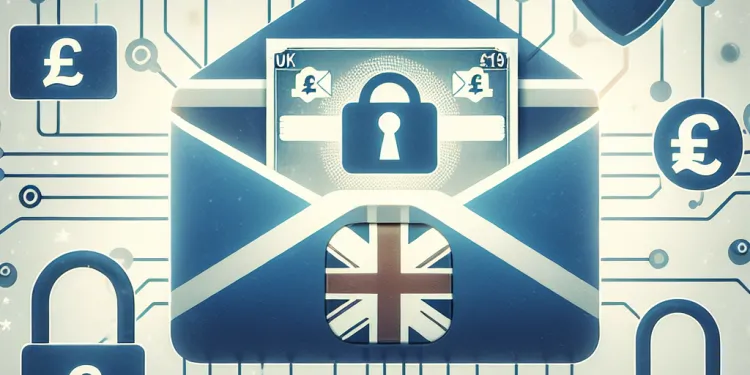
What signs indicate that my email filters may have been tampered with?
Relevance: 41%
-

How can I check recent login activity on my email account?
Relevance: 40%
-
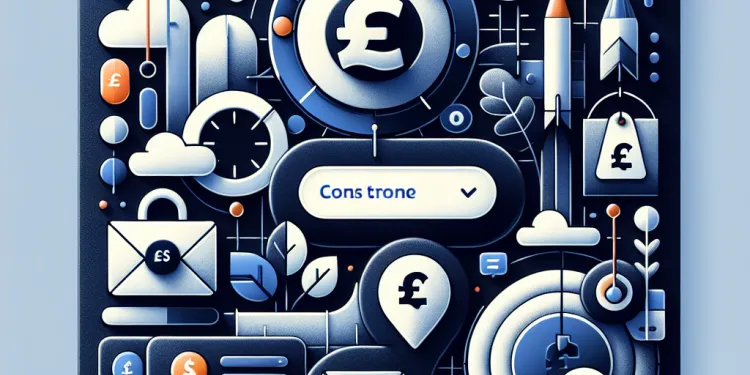
Why are there login attempts from unfamiliar locations in my email activity?
Relevance: 40%
-

Why am I not receiving expected emails?
Relevance: 40%
-

Are unsolicited emails about weight loss drugs a warning sign?
Relevance: 35%
-
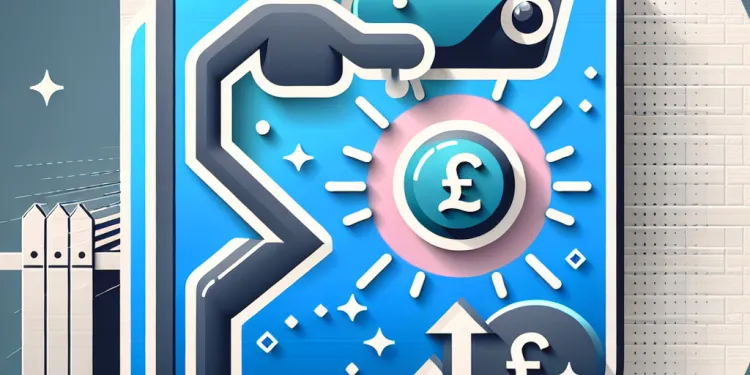
Can I ask my neighbour to reposition their security camera?
Relevance: 34%
-
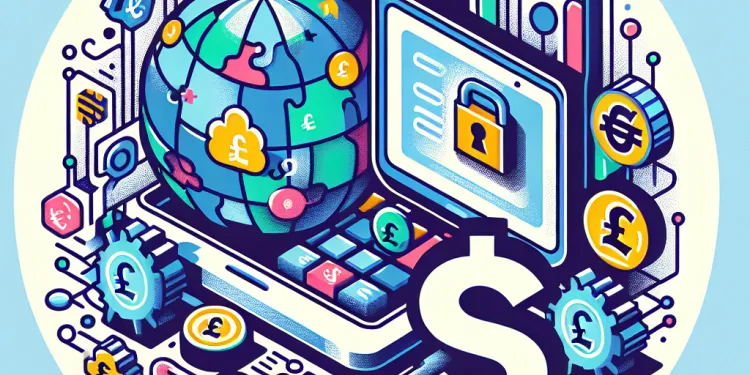
Are there any tools provided by social media platforms to increase security?
Relevance: 33%
-

How do Monzo and Revolut keep their apps secure?
Relevance: 33%
Introduction
Experiencing an email hack can be both frightening and inconvenient. However, securing your email account post-breach is crucial to prevent further unauthorized access and potential misuse of your information. This guide outlines essential steps to restore security to your compromised email account.
Change Your Password
The first and foremost step after discovering a hack is to change your email password immediately. Make sure to create a strong, unique password. A secure password should be at least 12 characters long and include a mix of uppercase and lowercase letters, numbers, and symbols. Avoid using easily guessable information like birthdays or common words. Use a password manager to generate and store complex passwords.
Enable Two-Factor Authentication
After updating your password, enable two-factor authentication (2FA) for your email account. 2FA adds an extra layer of security by requiring a second form of verification, such as a text message code or an authentication app, alongside your password. This significantly reduces the risk of unauthorized access, as potential hackers would need this second factor to log in.
Check Account Settings
It is important to review your email account settings for any unauthorized changes. Look for any unfamiliar forwarding addresses, rules that automatically delete or move emails, or changes to recovery information. Restore your settings to default where necessary, and ensure all recovery options, like phone numbers or backup emails, are correct and secure.
Scan Your Devices
Hackers may exploit malware or viruses on your device to gain access to your accounts. Run a full scan on all devices you use to access your email using reputable antivirus software. Ensure your software is up-to-date for maximum effectiveness, and remove any detected threats immediately.
Notify Contacts
It is advisable to inform your email contacts about the hack. This precautionary measure helps prevent potential phishing attempts where hackers may pose as you to scam your contacts. Advise them not to open any suspicious emails or links they might receive from your address.
Monitor Financial Accounts
After securing your email, closely monitor your financial accounts and be alert for any unusual activity. Email hacks can potentially lead to access to sensitive financial information. Notify your bank or credit card provider of the compromise as a precautionary measure.
Stay Vigilant
Finally, staying vigilant is key to avoiding future breaches. Regularly update passwords, maintain good cybersecurity habits, and be cautious of phishing attempts and suspicious links. Keeping informed about the latest cybersecurity threats and best practices can help protect your email and other online accounts in the long run.
Introduction
When someone hacks your email, it can be scary and annoying. But it's very important to keep your email safe after it happens. This guide will show you simple steps to make your email safe again.
Change Your Password
The first thing you should do if your email is hacked is change your email password right away. Make a new, strong password. A good password should have at least 12 characters. Use big letters, small letters, numbers, and symbols. Don’t use easy things like your birthday. A password manager can help you create and remember these strong passwords.
Enable Two-Factor Authentication
After you change your password, you should turn on something called two-factor authentication (2FA) for your email. This is like adding another lock to your door. You’ll need a code from your phone or an app, along with your password. This makes it much harder for someone else to get into your account.
Check Account Settings
Look at your email account settings to see if anything has changed without you knowing. Check for strange email forwarding addresses or rules that delete or move emails. Make sure your recovery options, like phone numbers or backup emails, are correct.
Scan Your Devices
Hackers use bad software, like viruses, to get into your accounts. Use good antivirus software to scan all your devices. Make sure the software is up-to-date so it works well, and remove any bad stuff it finds.
Notify Contacts
Tell the people in your email contacts that your email was hacked. This way, they know to be careful with emails or links that might come from your address. Hackers might pretend to be you to trick them.
Monitor Financial Accounts
Keep an eye on your bank accounts for any strange activity. Tell your bank or credit card company that your email was hacked, just in case. Sometimes hackers try to get into financial accounts too.
Stay Vigilant
Always be careful to keep your email safe. Change your passwords regularly, practice good online habits, and watch out for tricky emails or links. Learning about new ways to stay safe online will help protect your email and other accounts.
Frequently Asked Questions
What should I do immediately after discovering my email has been hacked?
Change your email password immediately and log out of all sessions to prevent further unauthorized access.
How can I check if my other accounts are compromised?
Review any linked accounts for unusual activity and change passwords for those accounts as well.
Should I enable two-factor authentication?
Yes, enabling two-factor authentication adds an extra layer of security to your email account.
Is it important to notify my contacts about the hack?
Yes, inform your contacts of the hack to prevent them from being victimized by any phishing emails sent from your account.
How can I check for any unauthorized mail forwarding rules?
Review your email settings to ensure no unauthorized rules are set up to forward your emails to another account.
What should I do if I can't access my email account?
Use the 'forgot password' feature to recover access and follow the security procedures for your email provider.
How can I secure my account against future attacks?
Use strong, unique passwords, enable two-factor authentication, and regularly update your security settings.
Are there security features I should review after a hack?
Review security questions, recovery email, and phone number associated with your account, updating them if needed.
Should I scan my devices for malware?
Yes, use reliable antivirus software to scan your devices for malware that might have contributed to the hack.
What is a strong password?
A strong password is at least 12-16 characters long, includes letters, numbers, and symbols, and is unique to each account.
Can I use a password manager?
Yes, a password manager can help you generate and store strong, unique passwords for all your accounts.
How do I know if malware caused the hack?
Conduct a thorough malware scan on all devices used to access your email and look for unusual behavior or alerts.
Should I report the hack to my email provider?
Yes, report the incident to your email provider to help them improve security measures and assist in your account recovery.
Is checking login history useful?
Yes, checking the login history can help identify unauthorized access and locations the attackers might have used.
Can hackers reset my security questions?
Yes, if they access your account settings, they may change your security questions. You should update them immediately.
What if I see unfamiliar applications accessing my email?
Revoke access for unfamiliar applications and review app permissions to ensure that only trusted apps have access.
Is using a recovery email beneficial?
Yes, having a recovery email helps in account recovery if you lose access and improves your security setup.
How do I change my email password regularly?
Set a reminder to change your email password every few months to maintain the security of your account.
Are public Wi-Fi networks safe for checking email?
Public Wi-Fi networks are often insecure. Use a VPN when accessing email on public Wi-Fi networks.
Should I look out for phishing emails post-hack?
Yes, be vigilant about phishing attempts, as hackers may attempt to gain further information through deceptive emails.
What to Do if Someone Hacks Your Email?
Here’s what you can do:
- Change your email password right away.
- Use a strong password with letters, numbers, and symbols.
- Tell your friends not to open strange emails from you.
- Check your email's security settings.
- Look for support tools like password managers to help keep it safe.
- Set up two-step verification for extra security.
Change your email password right away to keep it safe. Also, log out from all other devices. This stops bad people from getting in.
How can I check if my other accounts are safe?
1. Use a password manager to keep track of your passwords.
2. Check if your email is safe on websites like "Have I Been Pwned?"
3. Change your passwords if you think they might be unsafe.
4. Turn on two-step check (called two-factor authentication).
5. Ask an adult for help if you are unsure.
Check your other accounts to see if anything strange is happening. Change the passwords for those accounts too.
Should I turn on two-step login?
Two-step login helps keep your online accounts safe. It adds an extra check to make sure it's really you logging in. Here’s how it works:
- First, you enter your password.
- Then, you get a code on your phone or email. You must enter this code to log in.
Two-step login is like having two locks on your door. Even if someone knows your password, they can't get in without the code.
Here are some tips to help you:
- Use a phone or device you always have with you.
- Make sure your phone or email is secure and only you can access it.
- Write down important codes and keep them safe.
It's a smart way to keep your stuff safe online. You might want to use it for important accounts like email or bank accounts.
Yes, turning on two-factor authentication makes your email extra safe.
Should I tell my friends if I got hacked?
If someone hacked you, it's good to let your friends and family know.
Letting them know can help them be safe too.
Tell them in a simple way, like texting or emailing them.
You can also use pictures or videos to explain things if needed.
Tell your friends right away if someone breaks into your account. This can stop bad emails from tricking them.
How do I see if someone is forwarding my mail without asking?
Check your email settings. Make sure no one has set up rules to send your emails to another account without your permission.
What to Do if You Can't Get Into Your Email
Here is what you can do if you can't open your email:
- Check if your internet is working.
- Make sure you are using the right username and password.
- If you forgot your password, click on "Forgot Password?" to reset it.
- If you still need help, ask a friend or family member.
- You can also contact the email company's support for help.
If you can't remember your password, you can use the 'forgot password' button to get your account back. Follow the steps they show you. They will help you get back into your email.
How can I keep my account safe?
Make sure you have strong passwords that are different for each account. Turn on extra security steps, like two-factor checks. Keep your security settings up to date.
What should I check for safety after someone hacks me?
If someone hacks you, here are some easy steps to stay safe:
- Change Your Passwords: Make new, strong passwords. Use numbers and special symbols like "!" or "@".
- Turn On Two-Step Check: This means you need to do two things to sign in. For example, you use your password and a code sent to your phone.
- Check Your Account Activity: Look to see if there is anything unusual. Did someone log in from a place you don’t know?
- Update Your Software: Make sure your computer and apps have the latest updates. New updates fix problems that hackers use.
- Think About a Password Manager: This tool helps you keep track of passwords and choose strong ones.
If you need help with any steps, ask someone you trust or look for online guides with pictures.
Check the secret questions, email, and phone number on your account. Change them if you need to.
Do I need to check my devices for bad software?
It is a good idea to check your phone, tablet, or computer for bad software. This bad software is called malware.
Malware can cause problems for your device. It might make your device slow or steal your information.
You can use special programs to help check for and remove malware. These are called antivirus programs.
Ask an adult if you need help finding or using an antivirus program.
Yes, use good antivirus software. It will check your devices for bad software that might have helped with the hack.
What is a strong password?
A strong password is one that is hard for other people to guess.
Here is how to make a strong password:
- Use a mix of letters, numbers, and symbols.
- Make it at least 8 characters long.
- Use both big letters (A, B, C) and small letters (a, b, c).
- Do not use your name or easy words.
You can use a tool like a password manager to help save your passwords safely.
A good password is long. It should have 12 to 16 letters or more. Use letters, numbers, and special symbols like @ or !. Don't use the same password for different accounts.
Can I use a password manager?
Yes, you can use a password manager. A password manager is a tool that helps you remember your passwords. It keeps all your passwords in one place, so you don't forget them.
Here are some things a password manager can do for you:
- Stores your passwords safely
- Creates strong passwords for you
- Fills in your passwords when you log in to websites
If you have trouble remembering passwords, a password manager can help. There are apps and tools that can do this for you. Try asking someone you trust to help you set it up.
Yes, a password manager can help you make strong passwords and keep them safe for all your accounts.
How can I tell if bad software caused the hack?
Did someone hack your computer? You might have bad software called malware. Here's how to check:
- Is your computer slower than normal?
- Do you see lots of pop-ups or ads?
- Did your computer crash unexpectedly?
- Are there programs you don't remember installing?
If you notice these things, malware might be the cause.
Tools to help:
- Use antivirus software to scan for malware.
- Ask an adult or a friend to help if you're unsure.
- Keep your computer's software up to date.
Check all your devices for bad software that might harm them. Look for anything strange or any warnings. Use special programs that find bad software to help you.
Do I need to tell my email provider about the hack?
Yes, tell your email company about what happened. This can help them make things safer and help you get your account back.
Is it helpful to look at login history?
Checking login history means looking at the times and places you or someone else accessed your account. This can help you see if everything is okay with your account.
Here’s why it can be useful:
- Safety: You can see if someone else used your account without asking you.
- Remembering: It helps you remember when you last used your account.
- Fixing problems: It can help solve problems if you can’t get into your account.
Some ways to make checking easier:
- Use big, clear text when reading the list.
- Ask a friend or family member for help if you find numbers and dates confusing.
Yes, looking at the login history can show who got into your account and where they were.
Can bad people change my safety questions?
Yes, if someone gets into your account settings, they can change your security questions. You should change them right away.
What should I do if I see apps I don't know using my email?
Here is what you can do:
- Stay calm and take a deep breath.
- Check the app carefully. See if you remember letting it use your email.
- If you don't trust the app, remove its access.
- Ask a trusted friend or adult for help if you are not sure.
- Use tools like password managers or email notifications to keep track of your accounts.
Take away permission from apps you don't know, and check what apps can do on your device. Make sure only apps you trust can use it.
Is having a backup email helpful?
Yes, having a backup email helps you get back into your account if you can't log in. It also makes your account safer.
How can I change my email password often?
Here is how you can change your email password:
- Open your email app or go to the website.
- Log in with your current email and password.
- Find 'Settings' or 'Account' options.
- Look for the 'Change Password' button.
- Type in your old password and a new password.
- Make sure the new password is easy for you to remember but hard for others to guess.
- Write it down or use a password manager to save it.
Ask someone you trust to help if you are not sure how to do this.
Changing your password often keeps your email safe.
Remember to change your email password often. This keeps your account safe. You can set a reminder to help you remember.
Is it safe to check email on public Wi-Fi?
Public Wi-Fi is the internet you use in places like cafes or libraries. It can be risky to use for important stuff like checking your email.
Here are some tips to stay safe:
- Ask a grown-up to help you use a VPN. A VPN makes your connection safer.
- If you can, wait until you are home to check your email.
- Be careful when using public Wi-Fi for important information.
Public Wi-Fi is not always safe. Use a VPN app to keep your email private when using public Wi-Fi.
Watch Out for Trick Emails After a Hack
After a hack, be careful about emails. Some emails might try to trick you. These are called "phishing emails."
Here are some ways to stay safe:
- Don't click on links in emails from people you don't know.
- Look for spelling mistakes in emails. This can be a sign of a trick email.
- If an email asks for your password or personal information, delete it.
Tools to help you:
- Use a spam blocker to stop trick emails.
- Ask someone you trust if you're not sure about an email.
Yes, watch out for fake emails that try to trick you. Bad people might send these emails to steal your information.
Useful Links
- Ergsy carfully checks the information in the videos we provide here.
- Videos shown by Youtube after a video has completed, have NOT been reviewed by ERGSY.
- To view, click the arrow in centre of video.
- Most of the videos you find here will have subtitles and/or closed captions available.
- You may need to turn these on, and choose your preferred language.
- Go to the video you'd like to watch.
- If closed captions (CC) are available, settings will be visible on the bottom right of the video player.
- To turn on Captions, click settings .
- To turn off Captions, click settings again.
More Items From Ergsy search
-

How can I secure my email after a hack?
Relevance: 100%
-

What are some signs that my email might be hacked?
Relevance: 84%
-

What is the risk of my contacts being compromised if my email is hacked?
Relevance: 83%
-

How do I know if my email has been hacked?
Relevance: 83%
-

How can I recover a hacked email account?
Relevance: 82%
-

Should I contact my email provider if I suspect hacking?
Relevance: 82%
-

Can unexpected calendar events be a sign of a hacked email?
Relevance: 80%
-

Can antivirus software protect my email from being hacked?
Relevance: 77%
-

Will changing my password secure my hacked account?
Relevance: 73%
-

Can enabling two-factor authentication help if my email is hacked?
Relevance: 72%
-

What preventive measures can I take to protect my email from being hacked?
Relevance: 67%
-

How do I know if my social media accounts have been hacked?
Relevance: 58%
-

What signs indicate that my social media account might be hacked?
Relevance: 57%
-

Should I report the hack to the social media platform?
Relevance: 57%
-

What are the risks of ignoring a hacked account?
Relevance: 57%
-

Can Monzo or Revolut accounts be hacked easily?
Relevance: 56%
-

How do I know if my password has been hacked?
Relevance: 55%
-

How can phishing attacks lead to social media hacks?
Relevance: 54%
-

What steps can I take to prevent future hacks?
Relevance: 49%
-

What should I do if I notice unfamiliar emails in my sent folder?
Relevance: 49%
-

Why am I receiving password reset emails I didn't request?
Relevance: 49%
-

Can a sudden decrease or increase in followers indicate a hack?
Relevance: 49%
-

Can using the same password across accounts increase the risk of hacking?
Relevance: 48%
-

How do I secure my online accounts?
Relevance: 48%
-

Is it safe to use public Wi-Fi to check my email?
Relevance: 48%
-

What should I do if I can't access my email account?
Relevance: 47%
-

Why does my email appear to be sending spam?
Relevance: 46%
-

Why are emails often targeted in data breaches?
Relevance: 45%
-

What should I do if I suspect my email has been compromised through phishing?
Relevance: 42%
-

Don't Click On That Email (SPAM & SCAMS)
Relevance: 42%
-

Can I get updates on my immigration status via email?
Relevance: 41%
-

Why have my email account recovery options changed without my knowledge?
Relevance: 41%
-

What signs indicate that my email filters may have been tampered with?
Relevance: 41%
-

How can I check recent login activity on my email account?
Relevance: 40%
-

Why are there login attempts from unfamiliar locations in my email activity?
Relevance: 40%
-

Why am I not receiving expected emails?
Relevance: 40%
-

Are unsolicited emails about weight loss drugs a warning sign?
Relevance: 35%
-

Can I ask my neighbour to reposition their security camera?
Relevance: 34%
-

Are there any tools provided by social media platforms to increase security?
Relevance: 33%
-

How do Monzo and Revolut keep their apps secure?
Relevance: 33%


